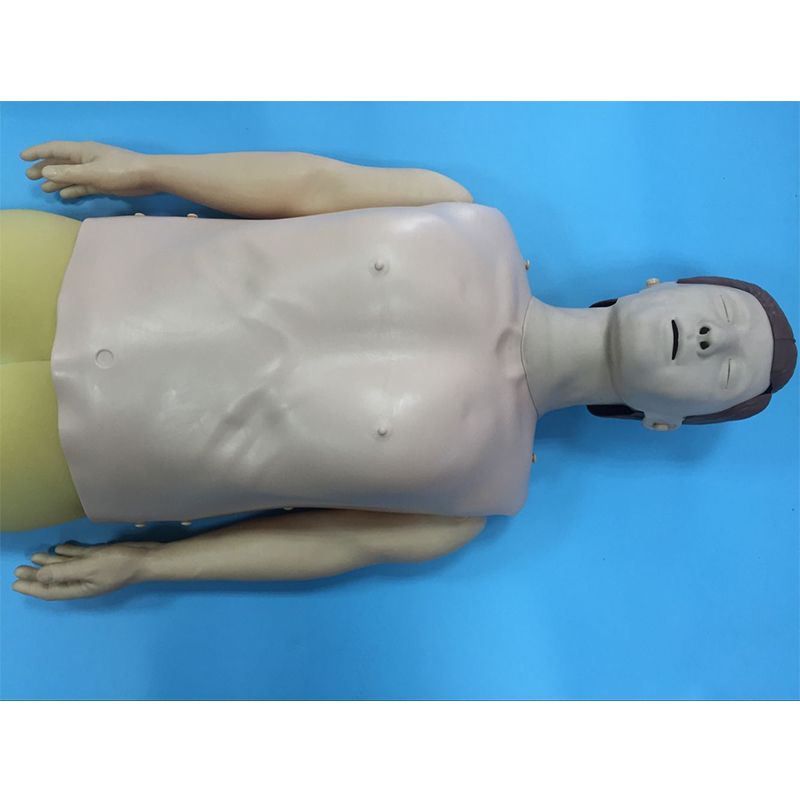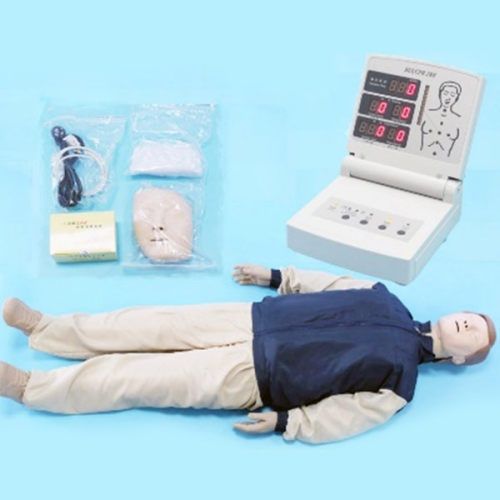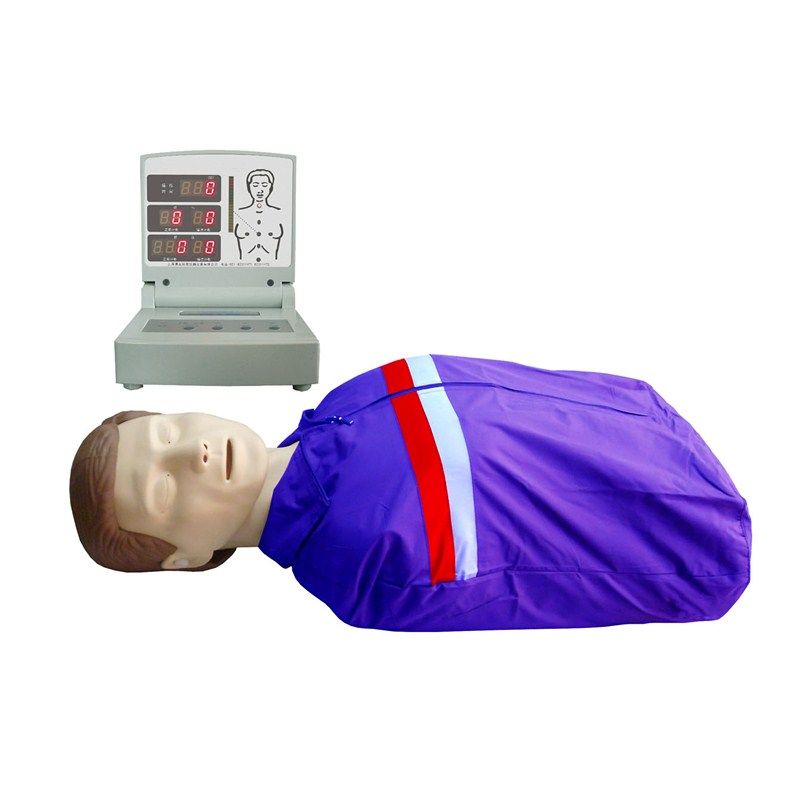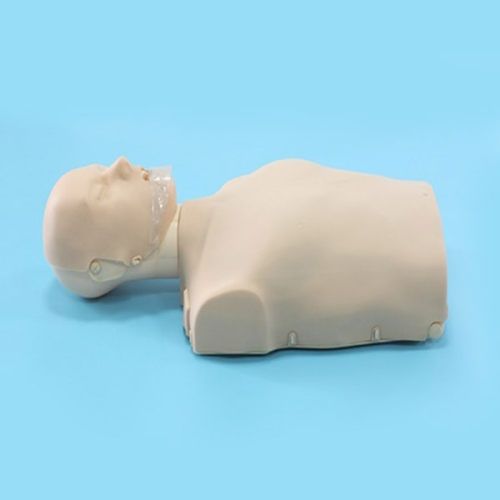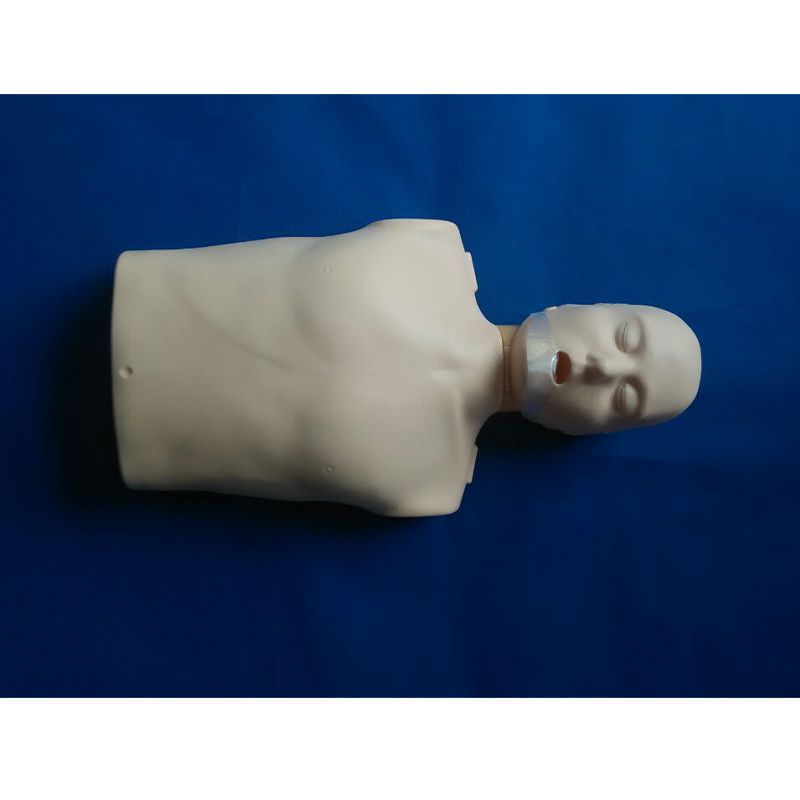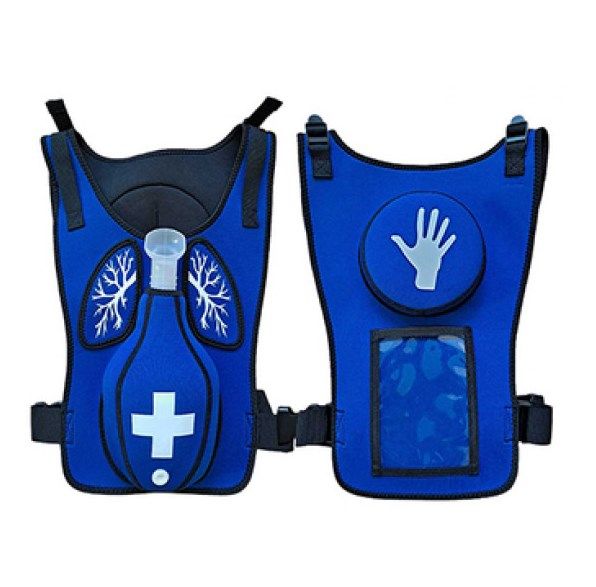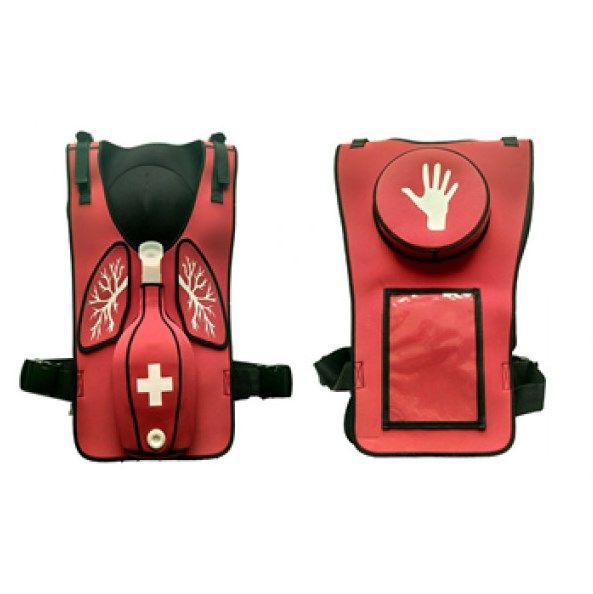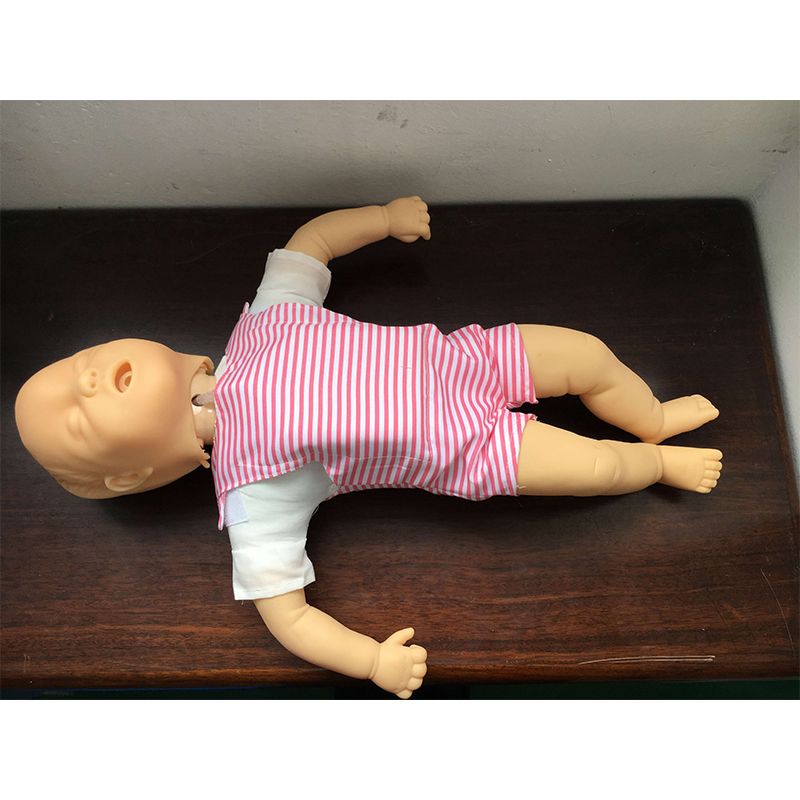In the world of emergency response and healthcare, training and preparedness are of utmost importance. The ability to effectively respond to various emergency situations can mean the difference between life and death. One invaluable tool that has revolutionized emergency training is the use of emergency training manikins. These lifelike, anatomically correct simulators allow medical professionals, first responders, and even laypeople to practice and hone their skills in a safe and controlled environment. But what types of scenarios can be simulated using these manikins? In this article, we will explore the wide range of scenarios that can be effectively simulated using emergency training manikins.
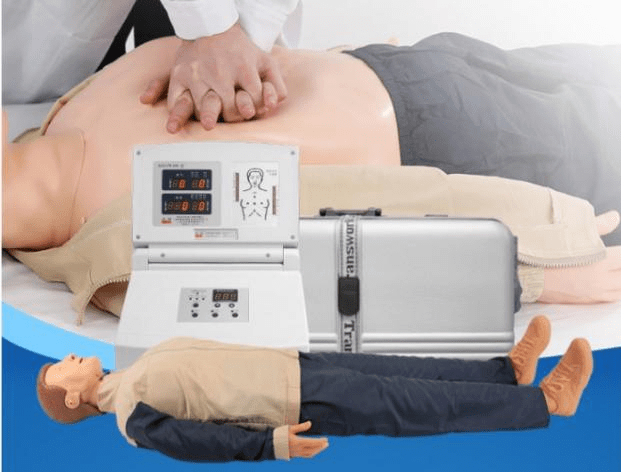
What are the Simulation Capabilities of Training Manikins?
Training manikins used for emergency simulations possess a range of capabilities that enhance their effectiveness in training scenarios. These capabilities include:
- Realistic Anatomy and Physiology:
- Training manikins are designed to mimic human anatomy closely, allowing trainees to practice procedures and interventions as they would on real patients.
- They replicate physiological responses to various medical conditions, enabling trainees to learn how to assess and manage patient symptoms accurately.
- Vital Signs Monitoring:
- Many training manikins are equipped with sensors to monitor vital signs such as heart rate, blood pressure, respiratory rate, and oxygen saturation.
- These measurements provide immediate feedback to trainees and instructors, facilitating the assessment of patient status and the effectiveness of interventions.
- Interactive Features:
- Some advanced training manikins can simulate realistic behaviors such as blinking, breathing, chest rise and fall, and vocal responses.
- These interactive features enhance the realism of simulation scenarios, making them more immersive for trainees.
- Response to Treatment and Intervention:
- Training manikins can respond dynamically to treatments and interventions performed by trainees.
- They simulate changes in vital signs and overall patient condition based on the effectiveness of the interventions, allowing trainees to observe the consequences of their actions in real-time.
- Remote Control and Programming:
- Certain training manikins can be controlled remotely by instructors, who can adjust parameters such as vital signs, symptoms, and responses during simulation scenarios.
- Remote control capabilities enable instructors to adapt scenarios in real-time, tailor the training experience to the needs of individual trainees, and create more challenging scenarios as trainees progress in their skills.
Overall, the simulation capabilities of training manikins contribute to creating a realistic and immersive learning environment for emergency responders, healthcare professionals, and other trainees. These capabilities facilitate hands-on practice, skill development, and competency assessment in a safe and controlled setting, ultimately improving preparedness and patient outcomes in real-world emergency situations.
7 Scenarios of Using Emergency Training Manikins
1. Cardiac Arrest and Resuscitation
One of the most common and critical scenarios for emergency training manikins is cardiac arrest. These manikins can accurately simulate a patient experiencing a sudden cardiac arrest, allowing medical professionals and trainees to practice cardiopulmonary resuscitation (CPR) techniques, defibrillator usage, and airway management. Realistic chest compressions and feedback mechanisms provide valuable hands-on experience to improve the chances of successful resuscitation in real-life situations.
2. Trauma and Injury
Emergency training manikins are equipped to simulate various traumatic injuries, including gunshot wounds, stab wounds, fractures, burns, and more. This allows medical professionals to practice essential skills such as wound care, hemorrhage control, and immobilization. It’s especially valuable for training paramedics, EMTs, and military personnel who may encounter traumatic injuries in the field.

3. Obstetrics and Neonatal Care
Manikins can be configured to simulate childbirth scenarios, which is crucial for training healthcare providers in labor and delivery situations. They can mimic different stages of labor, complications, and neonatal care, offering a safe space for healthcare professionals to practice the delicate art of childbirth and newborn care.
4. Pediatric Emergencies
Pediatric emergencies can be particularly challenging due to the unique needs of children. Emergency training manikins can replicate child-sized patients, allowing healthcare providers to practice responding to various pediatric emergencies, such as choking, seizures, and allergic reactions. This training ensures that healthcare providers are well-prepared to provide age-appropriate care in high-pressure situations.
5. Respiratory Distress and Airway Management
Proper airway management is crucial in emergency situations, and manikins can be programmed to simulate scenarios like choking airway obstructions, and respiratory distress. This training is essential for healthcare providers who need to react quickly and decisively to ensure a patient’s airway remains clear and unobstructed.
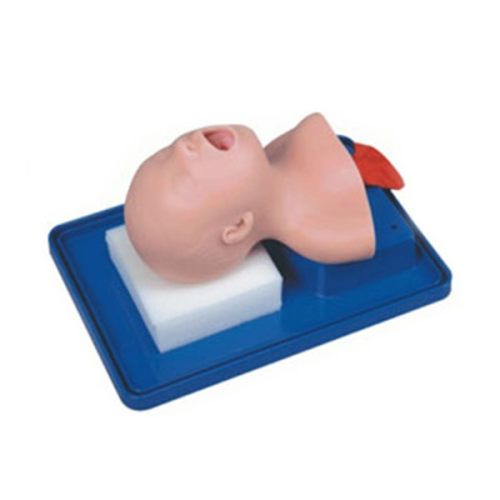
6. Infection Control
In the wake of global pandemics, infection control has become a top priority for healthcare professionals. Manikins can be equipped to simulate scenarios involving infectious diseases, allowing trainees to practice personal protective equipment (PPE) protocols, isolation procedures, and safe patient care while minimizing the risk of infection.
7. Disaster and Mass Casualty Scenarios
In emergency response situations, manikins can be used to simulate mass casualty scenarios, such as natural disasters, terrorist attacks, or large-scale accidents. This training prepares first responders to triage and treat numerous patients simultaneously, making it an invaluable tool for disaster preparedness and response.
Conclusion
Emergency training manikins have evolved into highly advanced tools that enable realistic and immersive training experiences across a broad spectrum of emergency scenarios. Scopelab as a manikin supplier, can provide cardiopulmonary resuscitation simulators, endotracheal intubation training, and other EMS training manikins. Their adaptability and versatility make them indispensable for medical professionals, first responders, and anyone involved in emergency preparedness and response. By simulating various critical situations, these manikins provide trainees with valuable skills, ultimately improving patient care and saving lives when it matters most. As technology continues to advance, the potential for emergency training manikins to simulate even more complex and realistic scenarios will only continue to grow, further enhancing the preparedness of those on the front lines of emergency response and healthcare.
